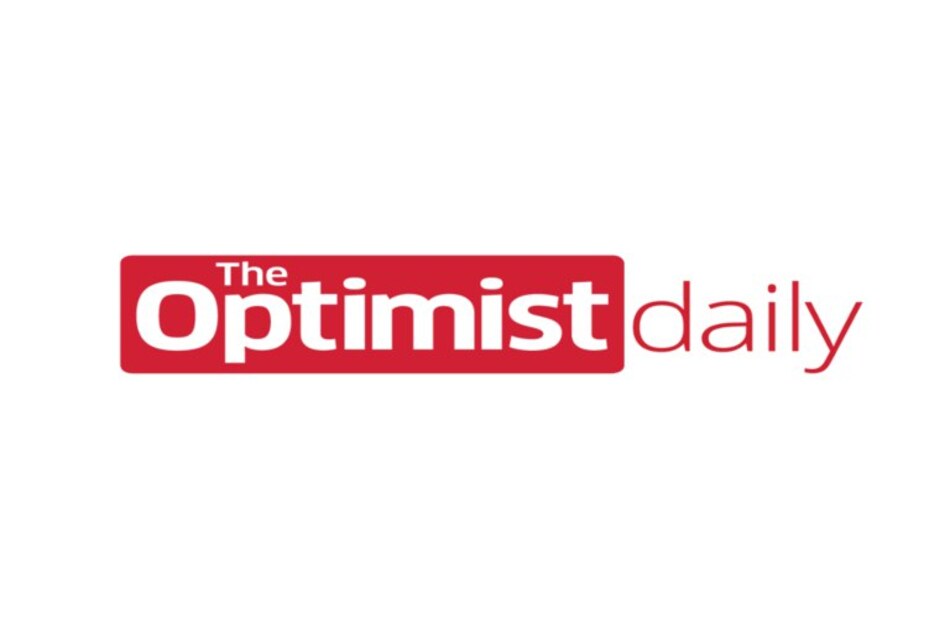At a time where only four types of crops—wheat, maize, rice and potatoes—provide 60 percent of the average human’s diet, more and more people are becoming enthusiastic about foraging for unexpected sources of food. Foraging generally refers to searching, identifying and collecting food resources in the wild, and can include anything from fruits and nuts to mushrooms and even weeds.
For instance, thistles, a kind of flowering plant often covered in angry-looking prickles, are probably not an ingredient in any of your go-to recipes. But forager Katrina Blair eats them anyway, taking the root and blending them into a chai.
It’s tempting to dismiss foraging as a strange, Internet-driven health fad. But experts say there can be real benefits to putting your garden scraps on the dinner table as it can provide new sources of calories.
Still, foraging is a risky activity. For as many wild plants there are that could find a spot on the dinner table, just as many could land a careless eater in the emergency room. Some toxic plants, like hemlock and deadly nightshade, can be mistaken for edible doppelgängers. And certain ingredients, like morel mushrooms, are safe once cooked but poisonous if eaten raw.
Want to take a peek into the world of modern-day foraging? Have a look right here.
This story was one of the best from 2019, and we are happy to include it in our “12 Days of Optimism” as we welcome in the new year!











